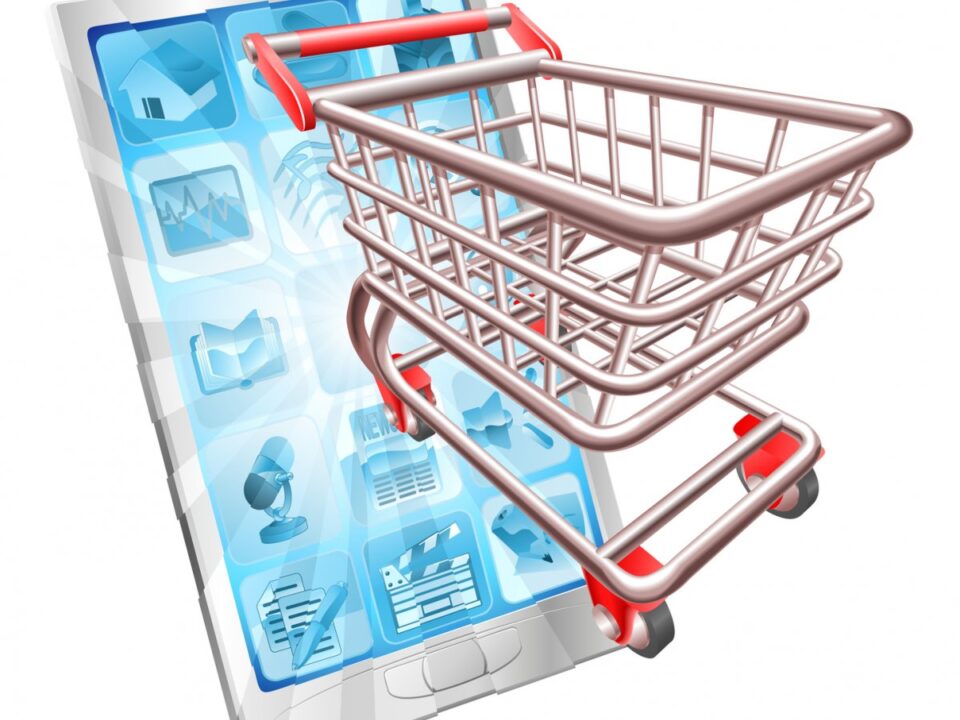
How Vendor Managed Inventory (VMI) Strengthens Supply Chain Resilience and Collaboration
To optimize inventory management, retailers and suppliers are increasingly turning to Vendor Managed Inventory (VMI) tools that transfer the responsibility…
Generix Ushers in a New Era of Intelligent Commerce for Retailers with AI-Driven Innovation Read the press release

The main plan here is to determine what prompts customers to finalize their purchases in the store rather than on the web and from that, to create a sound, working strategy. This could involve specific store pick-up services, booking an item, picking up a catalog, or even the opportunity to receive expert advice in-store.
Here, the point is to ensure that the web and physical store work side-by-side rather than against each other. A business should look to create one unified experience centered around their brand, rather than two separate ones, and for that the digital and physical must complement each other.
Businesses should set up pertinent training processes and provide the assistance required to ensure that sales teams fully understand and recreate the ultimate web-to-store process. Internal communication should be clear and effective, and provide the knowledge that all staff requires to maintain a successful transition.
As stated earlier, the web and physical store must work together seamlessly, ensuring that the brand controls the entire customer lifecycle in order to provide the best customer experience possible. This means that there must be interconnection between all key information systems, for example, sales and loyalty tools as well as supply chain tools, so that the customer experiences the same optimal service wherever he or she shops. This also includes the ability to manage and mitigate risks on all levels.
Another challenge to avoid is the creation of additional information silos that are not shared across the business seamlessly. It is important to centralize all information, operational and organizational, across the brand, and use a platform that allows for this centralization to take place. Businesses must strive to create consistent customer experiences, whether they are entirely online, in store, or both.
The coherence of the customer experience must therefore be a main objective, and while this does not necessarily mean a uniform experience, it does mean that a customer needs to experience the same services, loyalty programs, and promotions, for example, whether they shop online or in store. This experience should also be customer-targeted, creating the impression of a personalized shopping journey.
A business should have the ability to review the efficiency of their web-to-store process through effective data capture, measure all sales, highlight them in order to validate their impact, and reward sales staff who generate additional sales.
A cross-channel, centralized approach between a digital and a physical store will allow for a fluid and beneficial web-to-store process, for both business and consumer.

To optimize inventory management, retailers and suppliers are increasingly turning to Vendor Managed Inventory (VMI) tools that transfer the responsibility…

In an ever-evolving logistics environment, agile and precise warehouse resource management is essential to remain competitive. With increasing volumes driven…

France’s electronic invoicing reform relies on a Y-architecture, where Partner Dematerialization Providers (PDPs) play a central role in issuing and…

Work with our team to build your ideal supply chain software stack and tailor it to your unique business needs.